18+ Sample Personal Letters
-
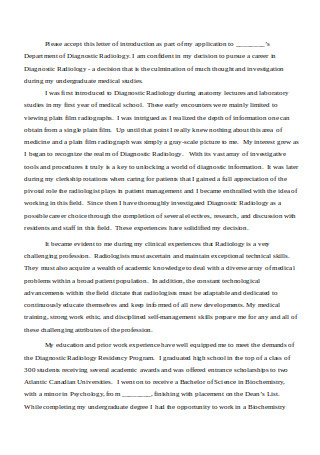
Radiology Personal Letter Sample
download now -
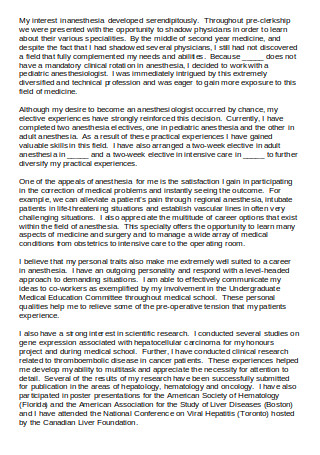
Anesthesia Personal Letter
download now -
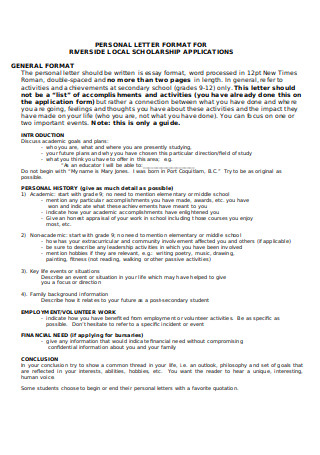
Personal Letter Format for Scholarship
download now -

Sample Personal Letter of Introduction
download now -

Personal Recommendation Letter Format
download now -

Personal Recommendation Letter for Friend
download now -
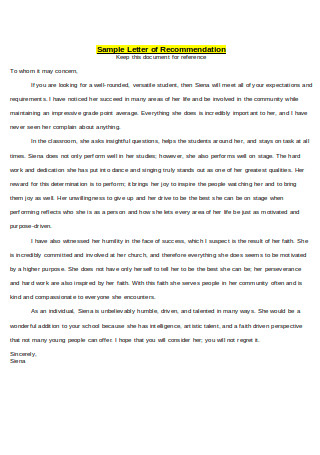
Personal Letter of Recommendation Sample
download now -
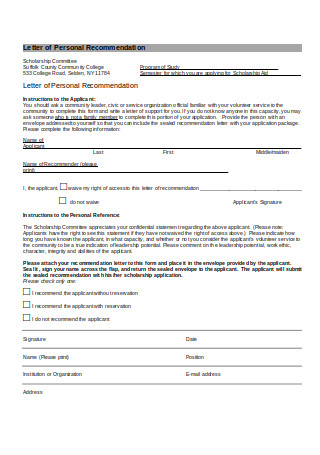
Letter of Personal Recommendation
download now -
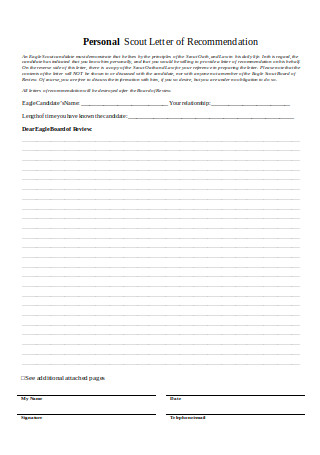
Personal Scout Letter of Recommendation
download now -
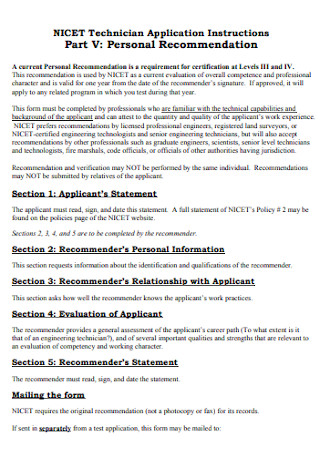
Formal Personal Recommendation Letter
download now -
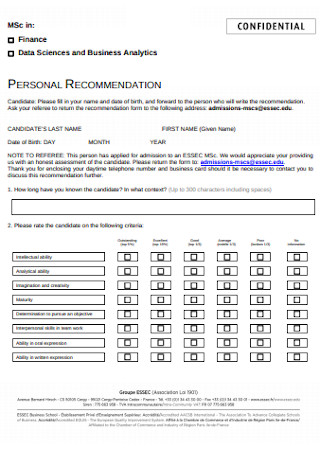
Candidate Personal Letter
download now -

Personal Referee Letter
download now -
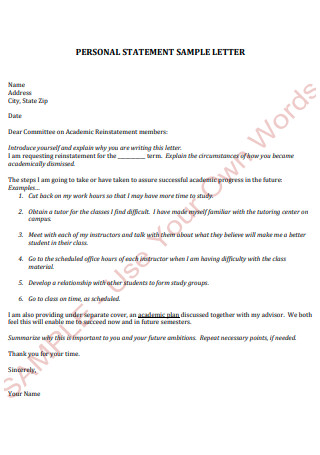
Personal Statement Letter
download now -

Informal Personal Letter
download now -

Personal Recommendation Letter Format
-
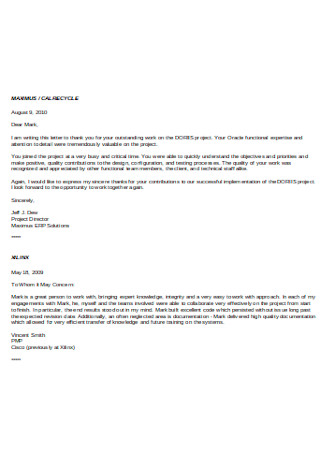
Individual Recommendation Letter
-

Personal Statement Sample Letter
download now -
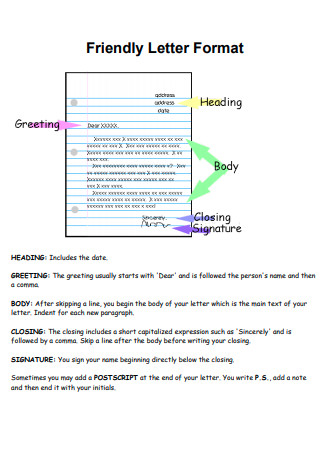
Friendly Letter Format
download now -
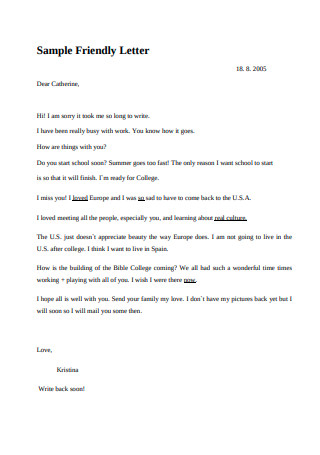
Sample Friendly Letter
download now
What Is a Personal Letter and Why Is It Important?
Personal letters are used to communicate non-business matters with friends, family members, neighbors, colleagues, and even acquaintances. If a formal letter is written for professional matters, these letters deal with personal ones such as a reply to an invitation from a distant family member, an expression of your condolences to a friend, or a message of your warm congratulations to a colleague. Personal letters may be written in an informal or casual tone. They may even have colloquial terms as it is not a business letter and, therefore, does not require a formal and strictly-business tone.
Moreover, personal letters are effective means of written correspondence used to maintain and even renew your relationships. Email and instant messaging applications are the most preferred means of communication nowadays, as they are more convenient and real-time. However, nothing can beat the feeling of receiving a personal letter, which consists of a written composition that has been thoroughly thought-out by the letter sender.

Personal Business Letters
Do you know that it is possible to send out personal letters for business matters? These are called personal business letters. An individual sends this type of letter to another individual or even a company with business as the primary purpose of writing. If you are planning to write a personal business letter, you must be able to find the perfect balance of personal and formal. Personal business letters are similar to business letters, although it differs in the sense that personal business letters are written on your personal behalf without involving marketing and sales in the equation.
A personal business letter may be sent by a customer who wants to request more details regarding the products or services of a company. Personal letters can be used to congratulate a company for the awards it has reaped. It can be used to express gratitude by a job applicant after his or her successful job application. You can even use it to make a follow up with your business partner regarding his or her decisions or to recommend a friend to another friend of yours to a job position. And if you know someone in the business industry and you want to communicate in a way that your correspondence will be taken more formally, then a personal business letter is what you should write.
What Makes Up a Personal Letter?
Even if personal letters have more freedom than business letters, these should still follow a format for the letter receivers to understand the message conveyed thoroughly. If you have basic knowledge of writing business letters, it would not be difficult for you to understand the basics of a personal letter. Know the building blocks of a basic personal letter below to be acquainted.
Personal Letters in the Age of Instant Messaging and Social Media
Over the years, letter writing is slowly being taken over by the innovations in communication. It has come to a point wherein we wonder if writing one still has any significance in the modern world we dwell in.
Why We No Longer Send Personal Letters
So, the question is, why do we no longer send personal letters to our loved ones, such as our family members and friends? It could be that we found a more convenient way to communicate, such as through e-mails, chats, and text messages. However, the answer is more profound than you think?it’s our hunger for immediate gratification. In an age where there are constant developments in our way of living, such as fast modes of transport and even faster food, modernity has affected our mediums of communication.
Printed or Handwritten Letters vs. the Digital Age
There are other means of communication that can get into a personal level like that of personal letters. You may know these as instant messaging and social media. The advancements and innovations in the way we communicate on a personal level have made it seem like personal letter writing is already a thing of the past.
Why would you want to stick to tedious personal letter writing when you can communicate with your friend from a different state or city via Facebook Messenger update your parents about your life while working or studying abroad via Skype? Why would you put yourself in an inconvenient situation when the convenience brought about by real-time means of communication is already laid out in front of you?
But, as mentioned, nothing can beat the feeling that comes when receiving personal letters that are specially composed just for you. Other than the feeling, there is something special about written personal letters that make it possible for anyone to think that whatever is written in it is genuine. Recipients of personal letters are also aware of the time and effort spent by the writer to make and send a single printed or written personal letter, and this makes personal letters extra significant.
On Accountability
In a way, written letters can give you a sense of accountability. When you send a message via Facebook messenger, you have the option to delete your message within ten minutes after sending it. But with sending personal letters, whatever you have written will no longer be retrieved back once it is sent. With this, it enables the letter sender to be extra careful when choosing the right sentences to write and terms to use. Personal letters may not be business letters, but this does not mean that you will lose proper letter writing etiquette upon composing one.
On Survival
Wanting instant gratification is not inherently wrong, but it can eventually take a toll on the art of letter writing, and the results are not desirable. There is that fear that the time will come when letter writing and sending will be a part of history and nothing more. Ever since the use of social media took off since and beyond 2007, it took a toll on the volume of letters sent with a decrease of 21% in the United States alone. The Postal Service also reports that in 2017 in the United States, they had a loss worth $2.7 billion. Mind-blowing, right? But we, the avid users of the Internet, haven’t felt it at all.
However, this phenomenon has made people consider personal letter writing as a rare form of art. In this age wherein we are already exposed to all these instant and convenient means of communication, we now crave something that is otherwise, and this is what makes personal letter writing and sending extra special these days. Personal letters are also not quick and easy to send. Before your addressee receives the letter, it goes through many processes such as buying a stamp and envelope, dropping it in a box, waiting for the Postal Service to transport and distribute it, and waiting for the mailmen to deliver it to your intended recipient. And don’t forget that it will also take time for the recipient to write back. But with all those processes one has to take, it gives us the complete opposite of instant gratification, which is delayed gratification, which is ideal and worthwhile to achieve.
How Do You Compose a Personal Letter?
Writing personal letters is not some rocket science, wherein we need to take an entire four-year program to learn. It is often considered as a fundamental skill that we ought to learn even in our elementary years. Then again, not everyone can write well-done letters, and not everyone writes a personal letter daily. That is why, when we are finally tasked to write one, most of us have no idea how to start writing a personal letter and what to write in it.
There are no strict rules when it comes to writing a personal letter. However, some standards are ideal to follow by anyone who attempts to write one. Writing personal letters is not rocket science, but it won’t hurt to learn a thing or two on how you should write one. That said, be sure to check out the steps below that can guide you through personal letter writing composition.
Step 1: Know Your Purpose for Writing
Like any other writeups, you must know your purpose for writing a personal letter. Do you want to inform your recipient of an important personal matter? Do you simply want to keep in touch and maintain your relationship? Do you want to share your latest life events? Do you want to persuade the addressee to attend your event? Whatever your purpose might be, ensure that you know why you are writing so it wouldn’t be a waste of time for both you and the receiver of your letter.
Step 2: Be Familiar With the Parts of a Personal Letter
You must have already familiar with different building blocks that make up a personal letter because, with such knowledge, you can write a personal letter smoothly without any hesitation. You will also know that personal letters do not necessarily make use of letterheads and that headings are preferable. You would also know that your printed name and signature are optional when writing personal letters.
Step 3: Write the Contents of Your Personal Letter
Now that you have a purpose in mind and that you are also already familiar with the parts that make up a personal letter, you may now proceed writing the contents of your letter. Even if personal letters are known as less formal than business letters, it should still follow the laws of writing that other formal compositions follow. This means that you will have to write with correct grammar and spelling, compose clear and organized paragraphs, and construct sentences that are concise and engaging. Make it a point to write a personal letter with every intent to effectively communicate your message to avoid any miscommunication on both ends.
Step 4: Check and Proofread the Entire Content of Your Letter
Once you have secured every issue, matter, or information you want to include and discuss in your personal letter, be sure to proofread and check your draft. Proofread if there are any mistakes in grammar and spelling and check if there are missing or wrong information included in the letter. No matter how proper your grammar is, it will be of no use if you have missed out on writing crucial details and cause miscommunication and misunderstanding in the end.
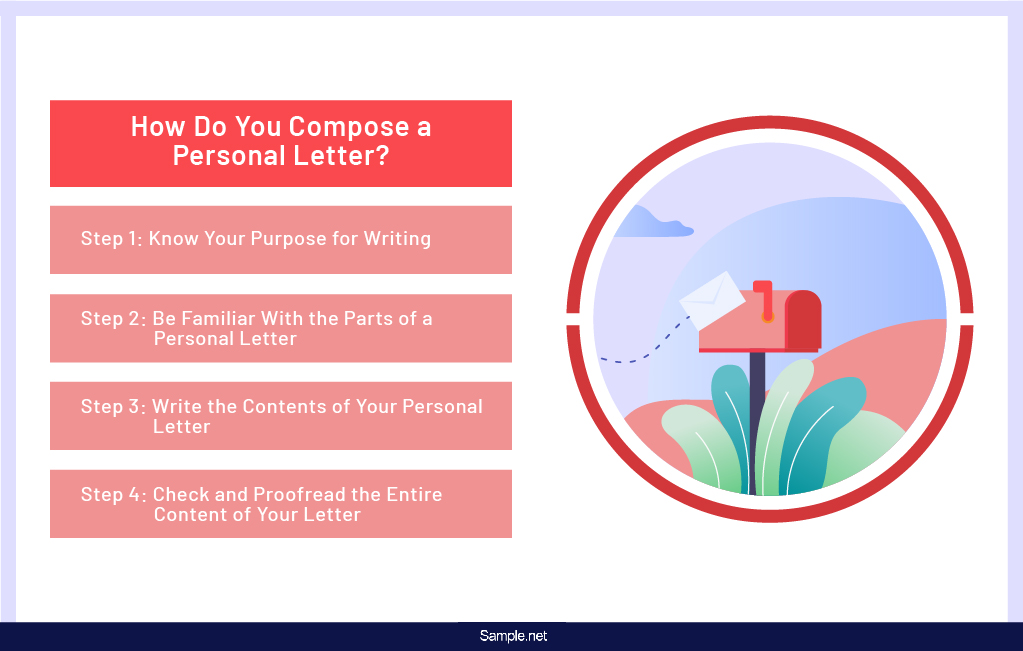
Personal letter writing may already be deemed as a forgotten form of communication by most of us. However, one should not deny the fact that learning the basic knowledge of writing personal letters is useful in the different aspects of our lives, particularly in the social aspect. It can serve as the best foundation that will help you in writing more complicated and crucial letters later on in the professional corporate world.
